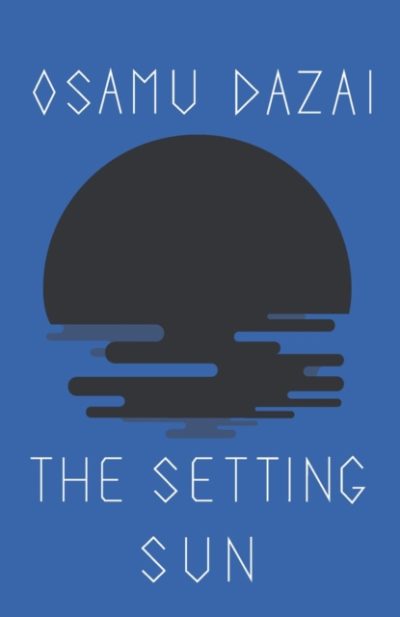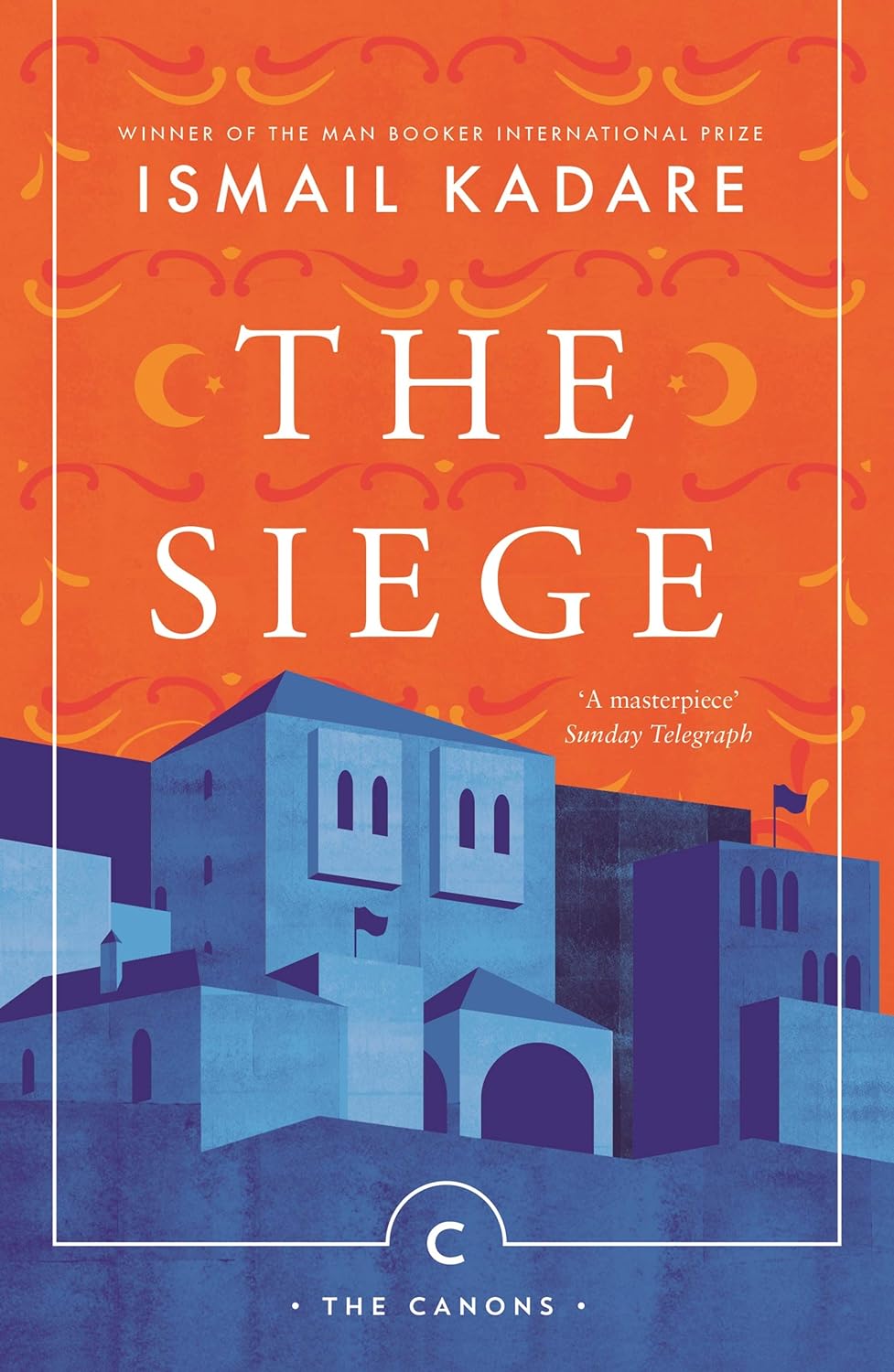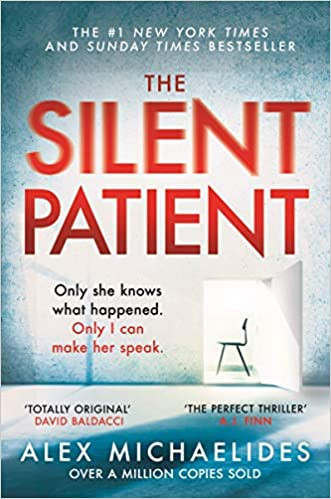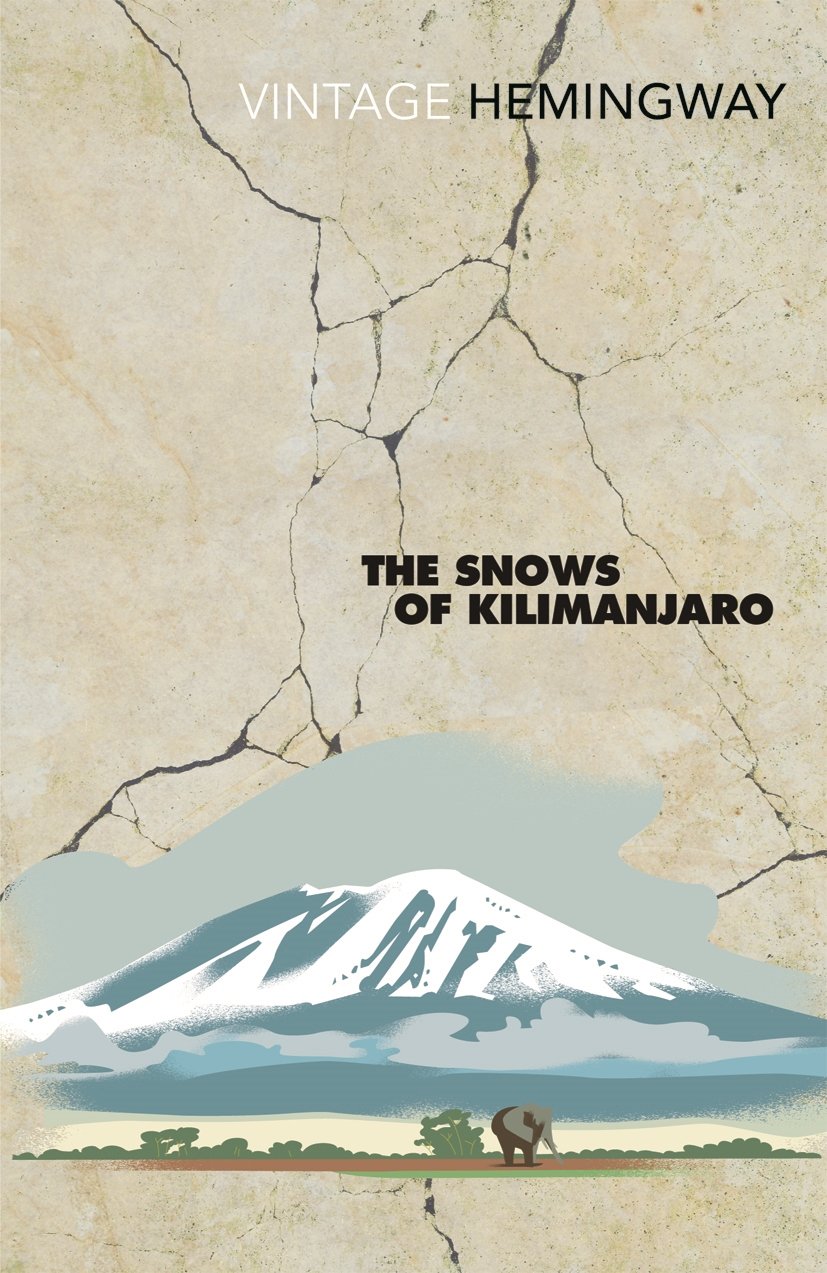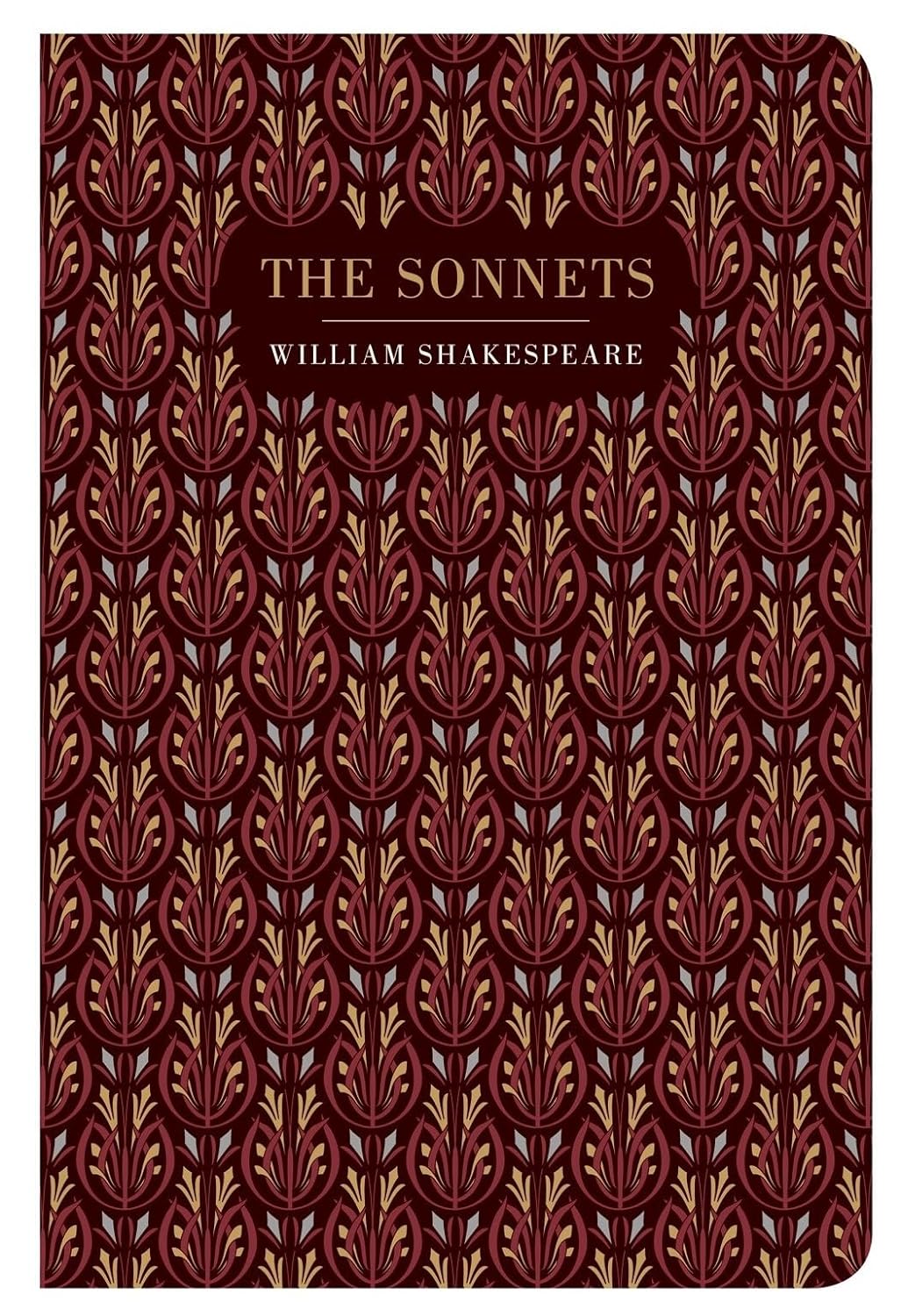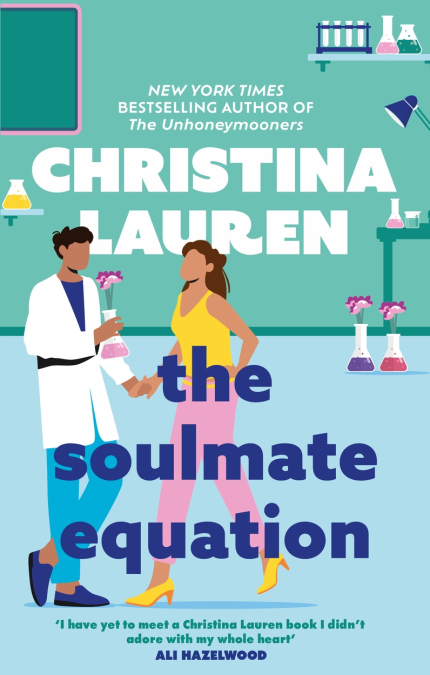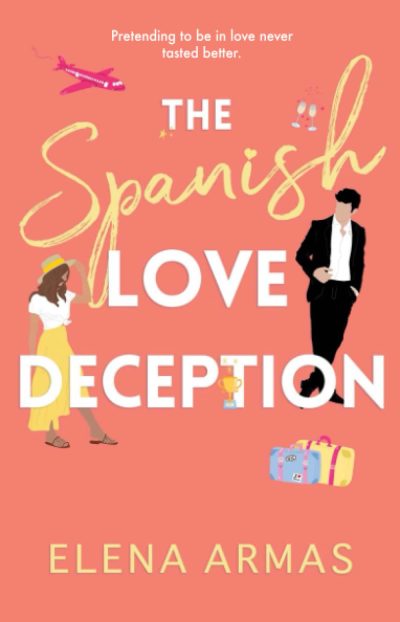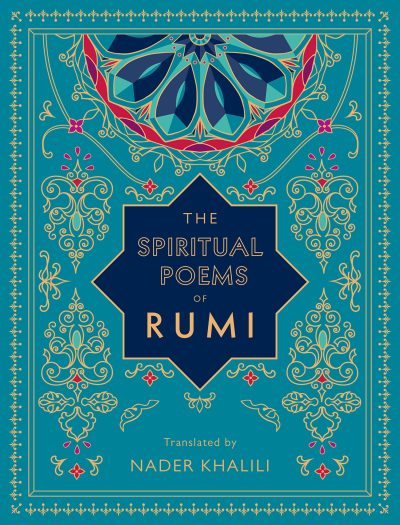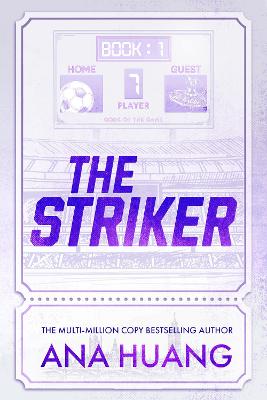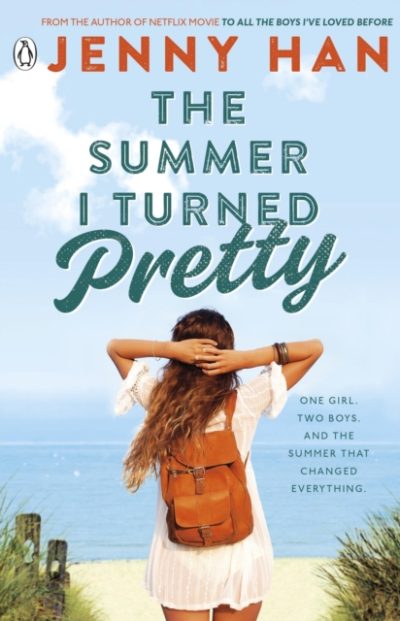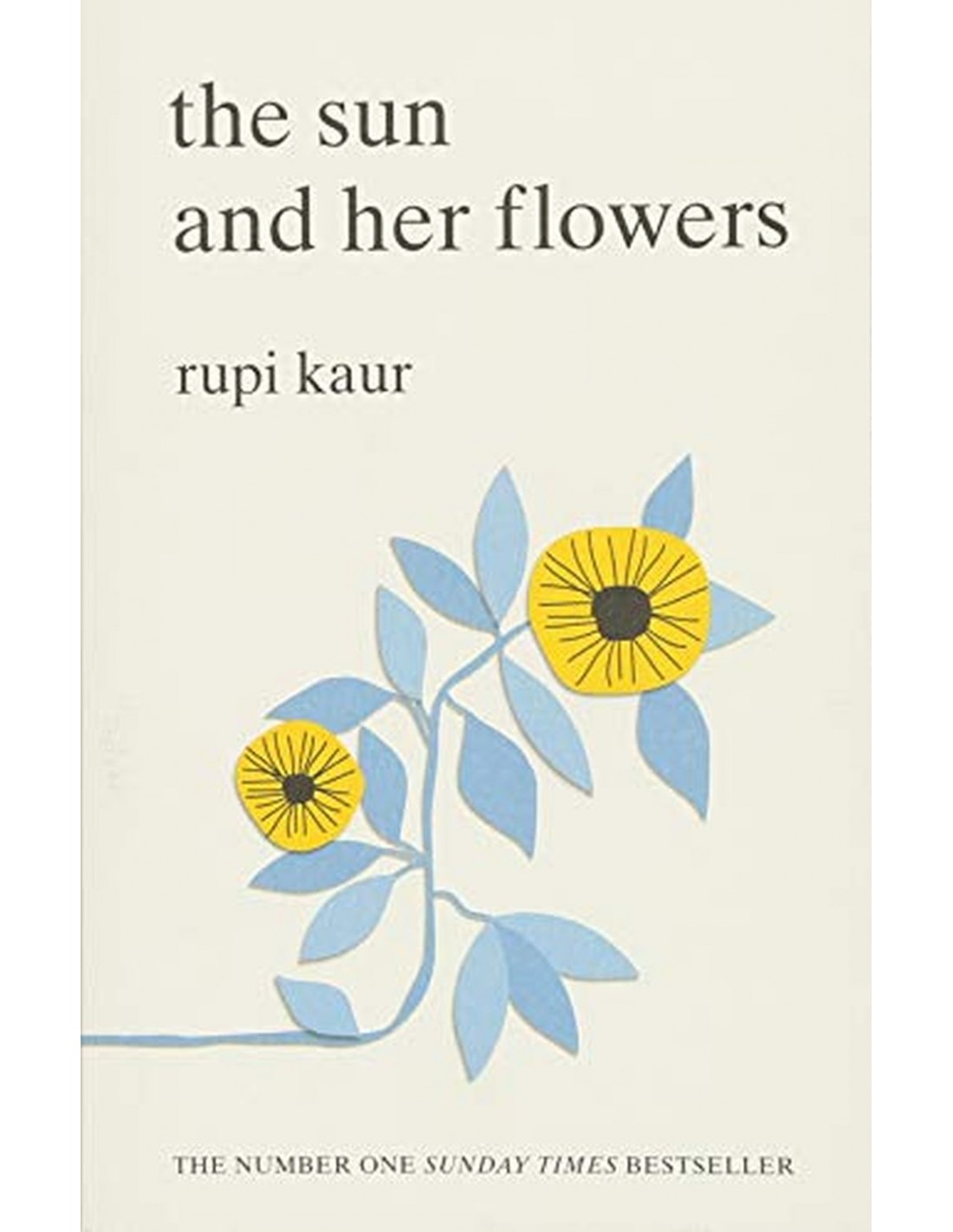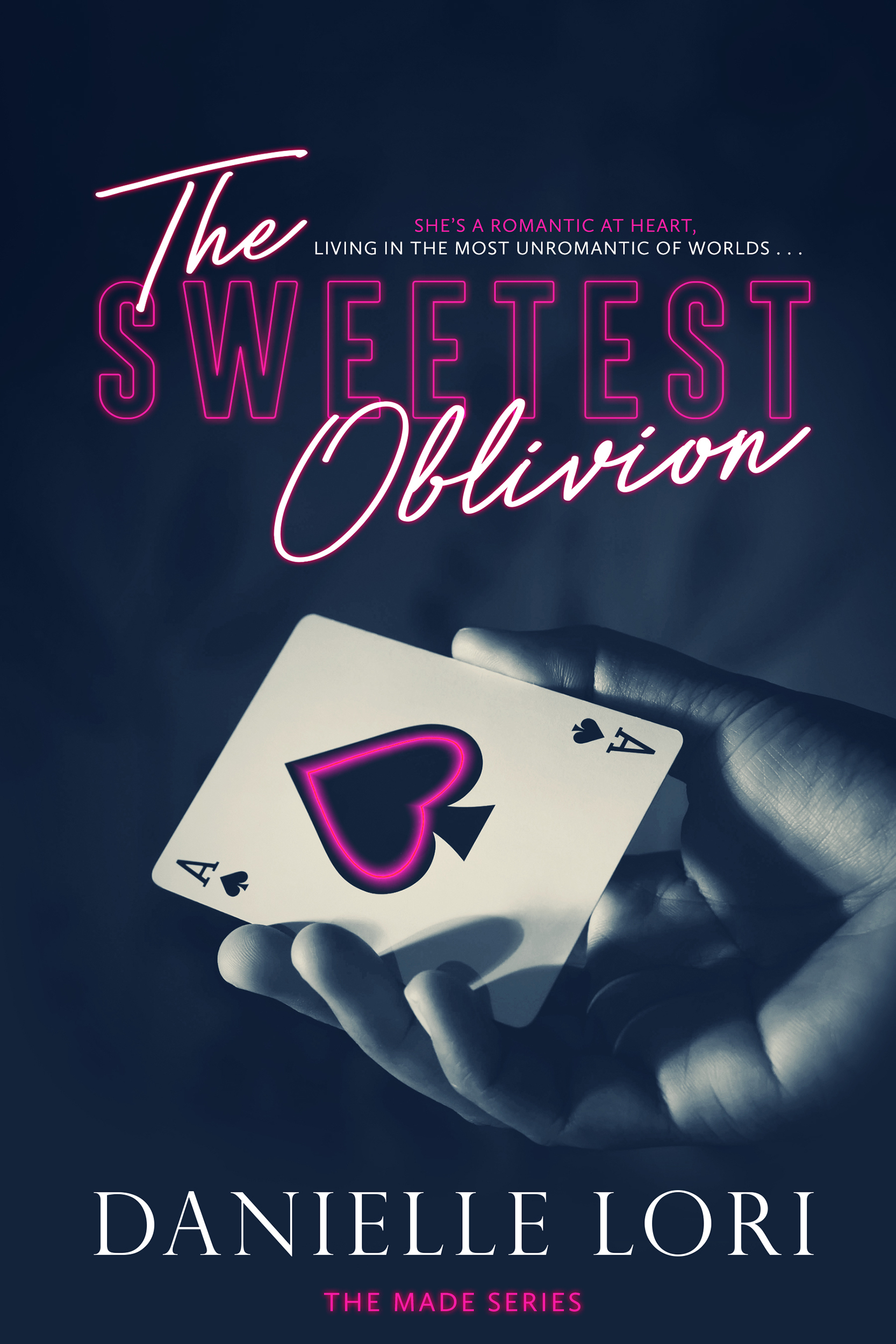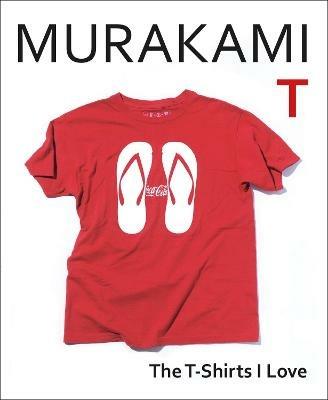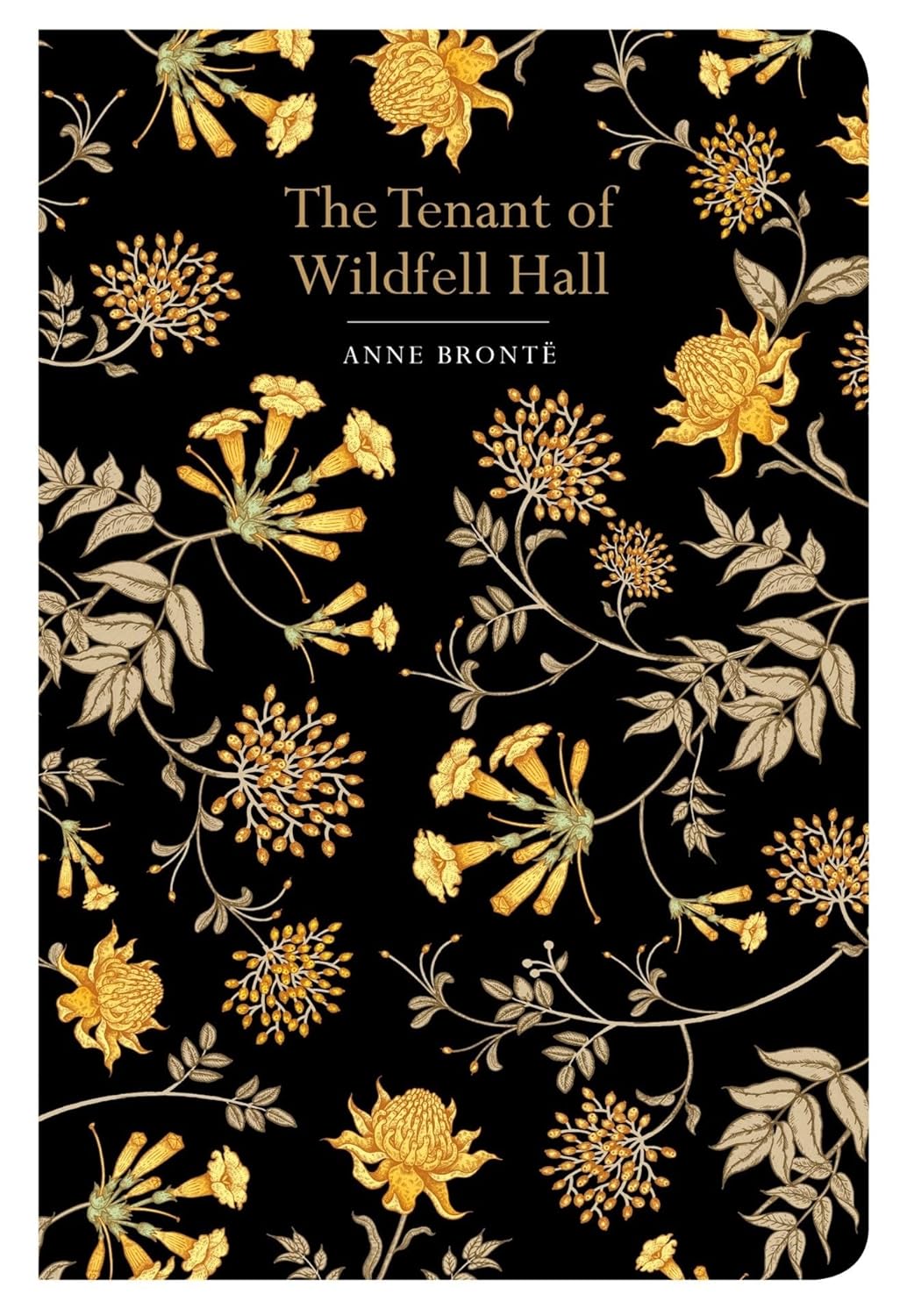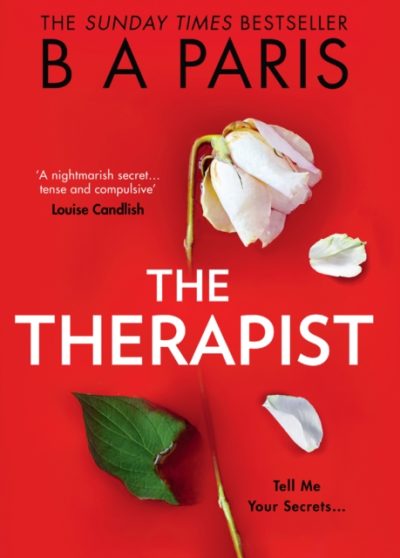-
(0 reviews)
The Setting Sun
1,800 LThis powerful novel of a nation in social and moral crisis was first published by New Directions in 1956.
-
(0 reviews)
The Seven Husbands of Evelyn Hugo
1,500 L“If you’re looking for a book to take on holiday this summer, The Seven Husbands of Evelyn Hugo has got all the glitz and glamour to make it a perfect beach read.” —Bustle
-
-
(0 reviews)
The silent patient
1,800 LWith film rights snapped up by an Oscar winning Hollywood production company, rights sold in a world record 43 territories, and rave blurbs from David Baldacci, Lee Child and A.J. Finn, The Silent Patient is the international, multimillion-copy bestseller that you need to read this year.
-
(0 reviews)
The Snows of Kilimanjaro
1,650 LIn these Hemingway stories, which are partly autobiographical, men and women of passion live, fight, love and die in scenes of dramatic intensity.
-
(0 reviews)
The Sonnets
3,250 LThe Sonnets are William Shakespeare’s most popular works, and a few of them, such as Sonnet 18, Sonnet 116, and Sonnet 73, have become the most widely-read poems in all of English literature.
-
(0 reviews)
The Soulmate Equation
1,500 LThe New York Times bestselling author of The Unhoneymooners returns with a hilariously witty and feel-good romcom about your perfect match being the last person you’d expect . . .
-
(0 reviews)
The Spanish Love Deception
1,500 LA TikTok sensation, this rom-com about a young woman who agrees to fake date a colleague and bring him to her sister’s wedding has “everything you could want in a romance” (Helen Hoang, New York Times bestselling author).
-
(0 reviews)
The Spiritual Poems of Rumi
1,650 LTranslated by renowned Rumi expert Nader Khalili, over 120 poems on spirituality from the Persian mystic poet and Sufi master have been carefully collected and curated in this beautifully illustrated edition.
-
(0 reviews)
The striker
1,650 LThe new must-read steamy sports romance from Ana Huang, the bestselling author of the Twisted and Kings of Sin series.She’s the only woman he wants . . . and the only one he can’t have.Asher Donovan …
-
(0 reviews)
The Summer I Turned Pretty
1,500 LThe Summer I Turned Pretty is a trilogy of young adult romance novels written by American author Jenny Han, and published by Simon & Schuster. The series includes The Summer I Turned Pretty (2009), It’s Not Summer Without You (2010), and We’ll Always Have Summer (2011).
-
(0 reviews)
The Sun and Her Flowers
2,350 LIllustrated by Kaur, The Sun and Her Flowers is a journey of wilting, falling, rooting, rising and blooming.
-
(0 reviews)
The sweetest oblivion
2,100 LShe’s a romantic at heart, living in the most unromantic of worlds… Nicknamed Sweet Abelli for her docile nature, Elena smiles on cue and has a charming response for everything. She’s the favored daughter, the perfect mafia principessa… or was. Now, all she can see in the mirror’s reflection is blood staining her hands like crimson paint. They say first impressions are everything…
-
(0 reviews)
The T-Shirts I Love
2,400 LThe international literary icon opens his eclectic closet: Here are photographs of Murakami’s extensive and personal T-shirt collection, accompanied by essays that reveal a side of the writer rarely seen by the public.
-
(0 reviews)
The Tenant of Wildfell Hall
3,250 LAnne Bronte’s second but last novel, The Tenant of Wildfell Hall was first published in 1848 under the pseudonym of Acton Bell, and was an immediate success. It is now considered to be the one of the first feminist novels.
-
(0 reviews)
The Therapist
1,700 LTELL ME YOUR SECRETS… Tense and compulsive’ Louise Candlish, bestselling author of The Other Passenger
Sign in


